The symphonies of Johannes Brahms have long been celebrated for their structural complexity and emotional depth, yet beneath their majestic surfaces lies a more elusive quality—an intricate web of rhythmic concealment that continues to fascinate scholars and performers alike. This hidden layer of rhythmic innovation, often overshadowed by Brahms' harmonic and melodic genius, reveals a composer deeply engaged with the tension between expectation and surprise. The interplay of displaced accents, hemiolas, and syncopations creates a pulsating undercurrent that defies straightforward analysis, inviting listeners into a labyrinth of temporal ambiguity.
Brahms' rhythmic ingenuity is perhaps most evident in his Symphony No. 4 in E minor, where the finale's passacaglia unfolds with a relentless yet ever-shifting ground bass. The theme's five-bar phrase structure contradicts the movement's triple meter, generating a subliminal friction that destabilizes the listener's sense of downbeat. This technique, far from being mere intellectual exercise, serves as an emotional amplifier—the rhythmic unease mirroring the work's tragic character. Conductors often grapple with these passages, as the notation belies the music's true gravitational pull; the written rhythm and the perceived rhythm exist in deliberate conflict.
The Second Symphony's Allegretto grazioso movement presents another striking case of rhythmic subterfuge. What appears as a gentle triple meter frequently dissolves into duple groupings through Brahms' signature hemiola technique. These moments of metric modulation occur with such fluidity that the transition feels instinctive rather than calculated. Contemporary accounts suggest that even Brahms' closest colleagues sometimes misjudged these shifts during initial readings—a testament to the composer's ability to cloak complexity in apparent simplicity. The effect is akin to a skilled magician's sleight of hand, where the audience's perception lags behind the reality of the trick.
Modern musicology has begun employing computational analysis to decode these rhythmic puzzles, with fascinating results. A 2019 study at the University of Cambridge used machine learning algorithms to map the hidden rhythmic patterns across Brahms' four symphonies. The research revealed an astonishing consistency in his methods—certain syncopated figures in the First Symphony (1876) find their evolved counterparts in the Fourth (1885), suggesting a lifelong preoccupation with specific rhythmic ideas. This challenges the traditional view of Brahms as a purely intuitive composer, instead portraying him as a meticulous architect of temporal design.
The practical implications for performers are profound. Many orchestras today approach Brahms' symphonies with renewed attention to these concealed rhythmic layers. As conductor Marin Alsop noted during a 2021 rehearsal with the Vienna Philharmonic: "The notes are just the tip of the iceberg—the real drama happens in the spaces between the beats." This perspective has led to more elastic interpretations of tempo rubato in Brahms, particularly in transitional passages where the metric ambiguity reaches its peak. The resulting performances often highlight previously obscured emotional contours within the music.
Brahms' rhythmic innovations didn't emerge in isolation. Scholars have traced their lineage to Beethoven's late quartets and forward to the works of Schoenberg and Stravinsky. What sets Brahms apart is his ability to make these radical temporal experiments feel inevitable within the context of classical forms. The Third Symphony's opening measures exemplify this—the famous three-against-two cross-rhythms between winds and strings create a momentary suspension of musical gravity before the theme proper emerges. It's a fleeting disruption that nonetheless colors the entire movement's perception of time.
As audiences become more attuned to these subtleties, the experience of hearing Brahms' symphonies live has taken on new dimensions. The London Symphony Orchestra's 2023 cycle under Sir Simon Rattle emphasized these rhythmic complexities through strategic seating arrangements—placing percussionists nearer the front to highlight offbeat accents that typically get absorbed into the string texture. The critical response noted how this approach revealed an almost jazz-like sensibility in Brahms' writing, particularly in the scherzo movements where syncopation dominates.
The enduring mystery of Brahms' rhythmic concealment may ultimately lie in its psychological impact. Unlike the overt showmanship of Romantic virtuosi, these hidden layers operate on a subconscious level, creating what neurologists call "cognitive glitches" in the listener's perception. EEG studies conducted during performances show distinct brainwave patterns when subjects encounter Brahms' metric displacements—suggesting that his music engages the brain's predictive mechanisms in unique ways. This scientific perspective adds another layer to our understanding of why these nineteenth-century compositions continue to sound remarkably modern.
For contemporary composers, Brahms' approach to rhythm has become a rich source of study. The Pulitzer Prize-winning composer Caroline Shaw recently remarked that "Brahms teaches us how to make time itself a character in the musical narrative." This observation captures the essence of why these symphonies remain vital—they don't merely unfold in time, but actively manipulate our experience of it. The concealed rhythmic layers serve as the music's nervous system, transmitting impulses that the conscious ear might miss but the body inevitably feels.
As we approach the 130th anniversary of Brahms' death, the focus on these hidden rhythmic dimensions promises to reshape our interpretation of his legacy. No longer viewed solely as the conservative guardian of classical forms, Brahms emerges as a radical temporal experimenter—one whose innovations quietly anticipated the rhythmic revolutions of the twentieth century. The symphonies, once admired for their structural perfection, now reveal themselves as living organisms pulsing with concealed rhythmic vitality, ensuring their relevance for generations to come.
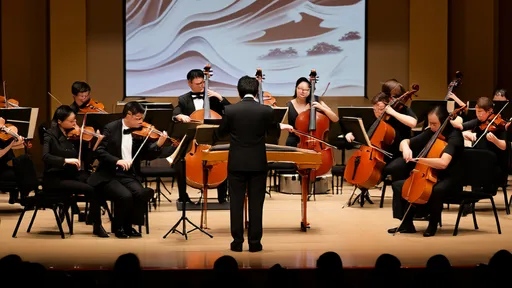
By /Jul 17, 2025

By /Jul 17, 2025
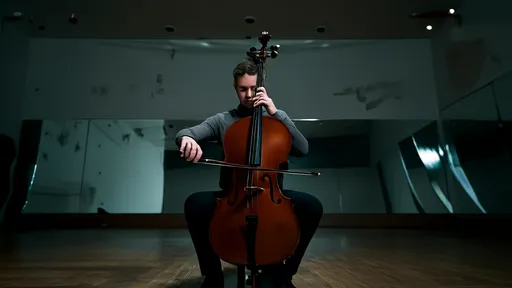
By /Jul 17, 2025

By /Jul 17, 2025

By /Jul 17, 2025

By /Jul 17, 2025

By /Jul 17, 2025
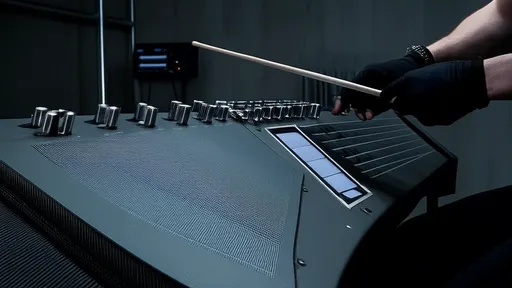
By /Jul 17, 2025

By /Jul 17, 2025

By /Jul 17, 2025

By /Jul 17, 2025

By /Jul 17, 2025
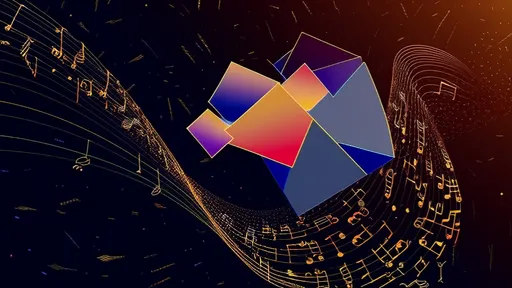
By /Jul 17, 2025
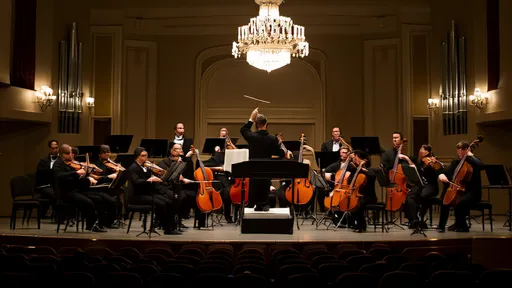
By /Jul 17, 2025
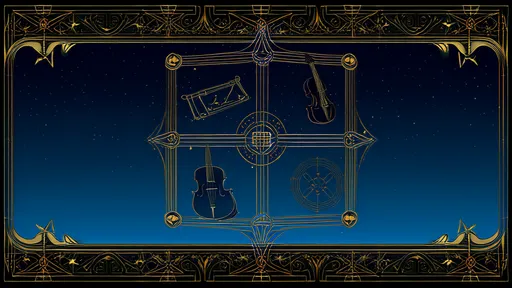
By /Jul 17, 2025

By /Jul 17, 2025

By /Jul 17, 2025
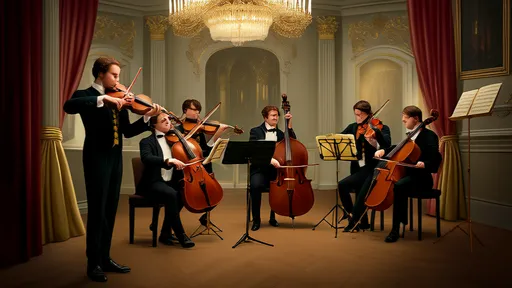
By /Jul 17, 2025